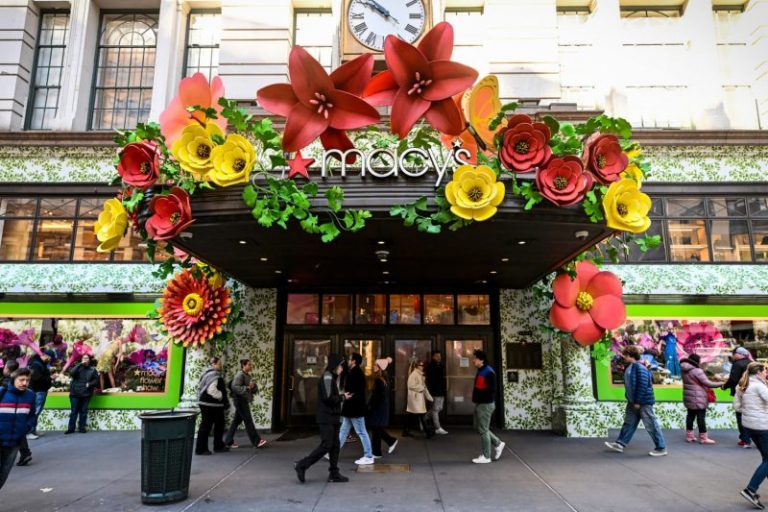In response to shifting consumer demographics, department stores are making strategic adjustments to cater to younger shoppers and revitalize their businesses. The combination of changing consumer preferences, the rise of e-commerce, and the impact of the COVID-19 pandemic has accelerated the need for traditional retailers to adapt to a new retail landscape.
One of the major challenges faced by department stores is the aging customer base. As older consumers make up a significant portion of their clientele, these retailers are aware that attracting younger shoppers is crucial for long-term sustainability. To appeal to this demographic, department stores are implementing various strategies aimed at enhancing the shopping experience and adapting to evolving consumer preferences.
One key approach that department stores are taking is modernizing their store layouts and incorporating technology to create a more engaging and convenient shopping experience. By leveraging digital tools such as interactive displays, augmented reality, and mobile apps, retailers are seeking to bridge the gap between online and offline shopping. This integration of technology aims to not only attract younger shoppers but also provide a seamless omnichannel shopping experience.
Furthermore, department stores are reevaluating their product offerings to align with the preferences of younger consumers. This includes curating a more diverse selection of trendy and sustainable products, as well as expanding their range of athleisure and experiential offerings. By staying attuned to the latest trends and tailoring their merchandise mix to cater to the preferences of a younger demographic, retailers can boost their appeal and stay competitive in a rapidly evolving retail landscape.
In addition to product innovation, department stores are increasingly focusing on building community and creating memorable experiences for shoppers. By hosting events, workshops, and pop-up installations, retailers are aiming to foster a sense of connection and engagement among customers. This emphasis on experiential retail not only differentiates department stores from e-commerce platforms but also provides a compelling reason for shoppers to visit physical stores.
Finally, department stores are recognizing the importance of personalized and data-driven marketing strategies to target younger consumers effectively. By harnessing customer data and leveraging insights from analytics, retailers can tailor their marketing campaigns to resonate with the preferences and behaviors of their target audience. This personalized approach not only enhances customer loyalty but also enables retailers to cultivate meaningful relationships with younger shoppers.
In conclusion, department stores are proactively adapting to the changing retail landscape by focusing on attracting younger shoppers. Through a combination of modernizing store layouts, diversifying product offerings, creating engaging experiences, and implementing personalized marketing strategies, traditional retailers are striving to stay relevant and capture the attention of a new generation of consumers. By embracing innovation and responding to evolving consumer preferences, department stores can position themselves for long-term success in an increasingly competitive retail environment.



